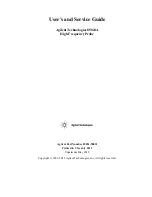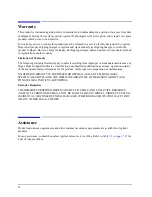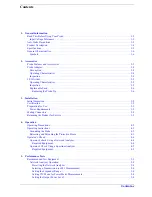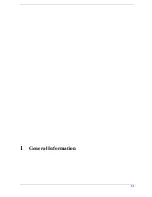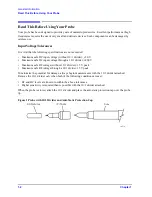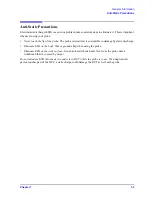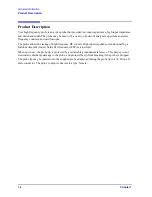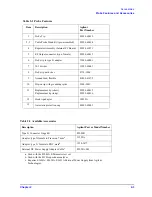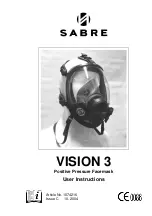
iii
How to Use This Guide
This guide uses the following conventions:
This represents a key physically located on the instrument.
This represents a “softkey”, a key whose label is determined by the
instrument firmware.
CAUTION
Caution denotes a hazard. It calls attention to a procedure that, if not correctly performed
or adhered to, would result in damage to or destruction of the instrument. Do not proceed
beyond a caution note until the indicated conditions are fully understood and met.
WARNING
Warning denotes a hazard. It calls attention to a procedure which, if not correctly
performed or adhered to, could result in injury or loss of life. Do not proceed beyond
a warning note until the indicated conditions are fully understood and met.
NOTE
All model numbers and part numbers published in this document are HP/Agilent
numbers, unless otherwise specified.
Front Panel Key
SOFTKEY
Summary of Contents for 85024A
Page 4: ...iv ...
Page 7: ...1 1 1 General Information ...
Page 13: ...2 1 2 Accessories ...
Page 19: ...3 1 3 Installation ...
Page 24: ...3 6 Chapter3 Installation Returning the Product for Service ...
Page 25: ...4 1 4 Operation ...
Page 30: ...4 6 Chapter4 Operation Operator s Check ...
Page 31: ...5 1 5 Performance Tests ...
Page 40: ...5 10 Chapter5 Performance Tests Average Noise Level ...
Page 41: ...6 1 6 Replaceable Parts ...
Page 46: ...6 6 Chapter6 Replaceable Parts Parts Lists ...
Page 47: ...7 1 7 Service ...
Page 60: ...7 14 Chapter7 Service Replacement Procedure Figure 7 11 Regulator Parts and Wiring ...
Page 64: ...7 18 Chapter7 Service Connector Inspection and Cleaning ...

